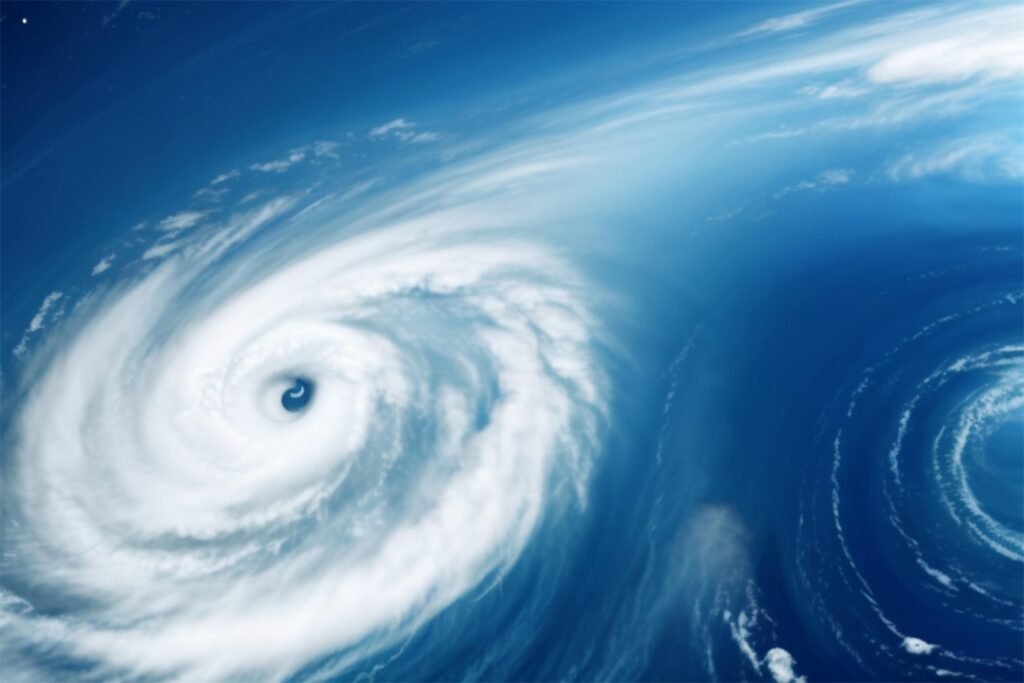Hurricane Melissa struck eastern Cuba early Wednesday near Chivirico, Santiago de Cuba province, bringing winds of 193 kilometers per hour. The Category 3 storm, one of the Atlantic’s strongest on record, forced the evacuation of more than 700,000 people, according to President Miguel Díaz-Canel.
Forecasters warned that Melissa would cause massive destruction across Santiago de Cuba and neighboring regions. The storm threatened storm surges up to 3.6 meters and rainfall exceeding 51 centimeters, raising fears of widespread flooding and landslides.
Melissa is expected to cross Cuba through Wednesday morning before moving toward the Bahamas later in the day. The U.S. National Hurricane Center warned of life-threatening conditions and issued a hurricane watch for Bermuda.
President Díaz-Canel said over half a million Cubans had been safely evacuated. “We know there will be severe damage,” he said in a televised address. “No one will be left behind, and every available resource will protect our people.”
Storm Deepens Cuba’s Economic and Humanitarian Struggles
Officials warned that Hurricane Melissa could worsen Cuba’s already severe economic crisis. The island faces crippling power outages, food shortages, and a strained infrastructure, all likely to be aggravated by the hurricane’s impact.
Díaz-Canel described the storm as “the strongest ever to hit national territory” and urged citizens to remain cautious. Authorities suspended classes in all provinces from Guantánamo in the east to Camagüey in central Cuba.
“The damage will be extensive,” Díaz-Canel said. “Our response teams are mobilized, and recovery efforts will begin as soon as conditions allow.” The president emphasized unity and discipline as the country braces for cleanup and reconstruction.
Cuba’s state media reported that emergency shelters were operating at full capacity, while military units worked to restore power and communication networks disrupted by the storm.
Jamaica Begins Recovery as Damage Assessment Starts
As Melissa moved north, Jamaica began assessing the devastation left behind. Deputy Disaster Risk Management Council chairman Desmond McKenzie confirmed heavy damage in southern Clarendon and the parish of St. Elizabeth, which was “completely under water.”
The storm damaged four hospitals and forced the evacuation of 75 patients after one facility lost power. More than half a million residents remained without electricity Tuesday night, with fallen trees, power lines, and floodwaters cutting off many communities.
Officials announced plans to reopen Jamaica’s airports by Thursday to expedite relief supplies and humanitarian aid. The government vowed rapid repairs to essential infrastructure and medical services.
Melissa has already claimed seven lives across the Caribbean — three in Jamaica, three in Haiti, and one in the Dominican Republic. Another person remains missing. The region now faces the challenge of recovery as the storm continues its destructive path toward the Bahamas.



